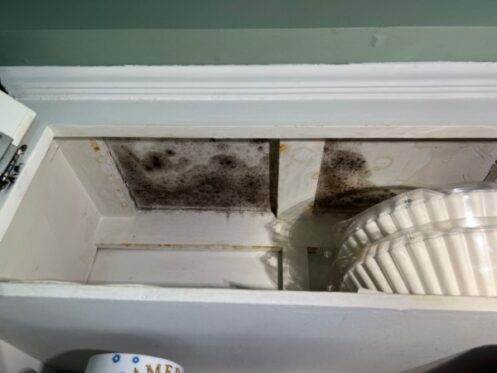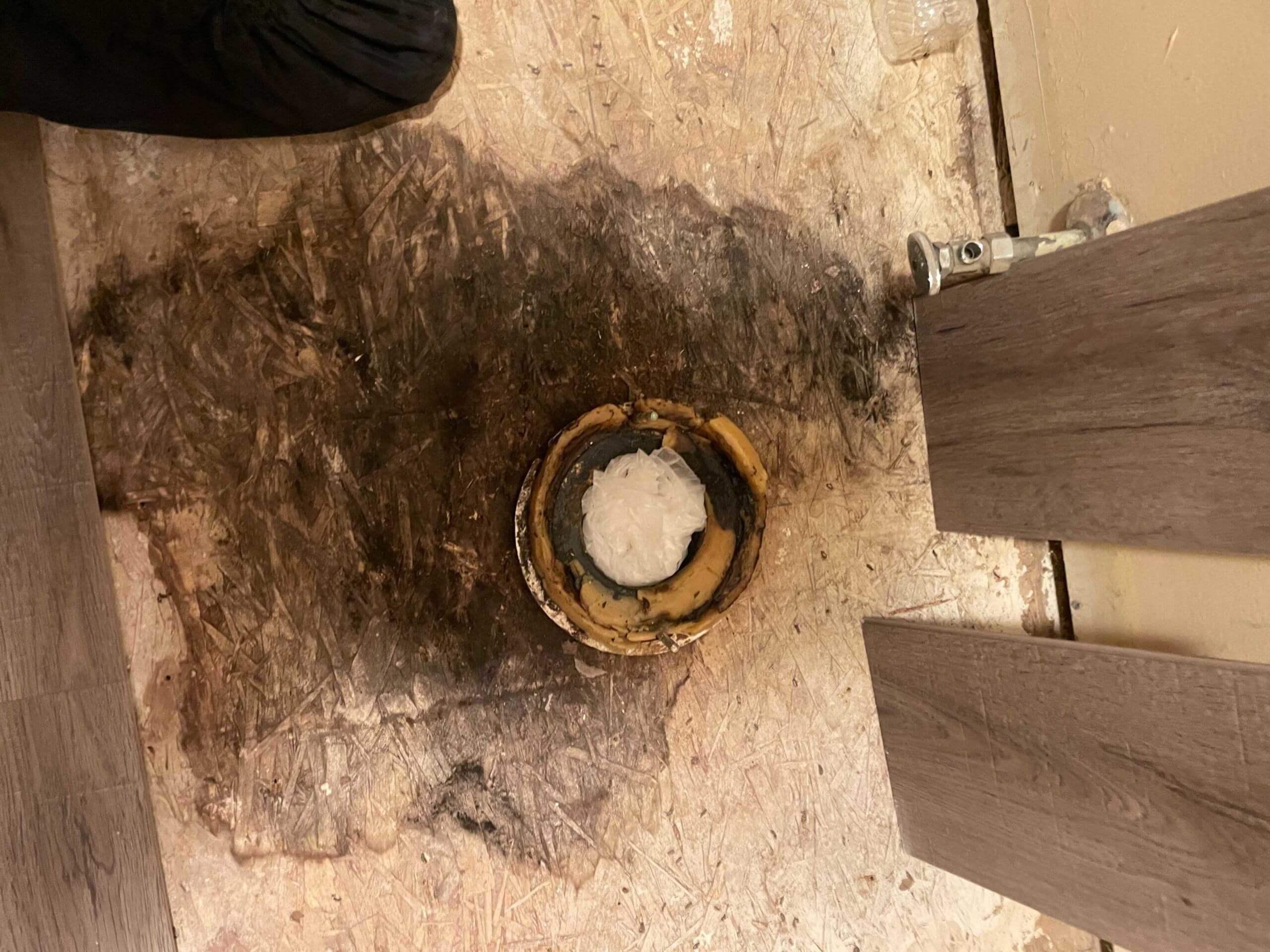Black mold is a fungus that can grow in both warm and cold conditions. Mold spores are all around, so it’s nearly impossible to escape them entirely. Black mold thrives in moist and humid climates, so it’s more common in the hot and rainy seasons than in the winter months. It feeds on organic matter, such as wood and paper. Mold can be very toxic if you breathe or swallow it into your lungs or mouth.
Black mold will travel to any surface where it’s possible to do so, including those in your house. It can grow on textiles, paper, and wood. When it grows on paper, books, and other materials, the paper can become musty and damp. This fungus can also start to grow on your curtains if they’re not resistant to it. They’ll start turning black and developing a foul odor if the mold is present. The following covers the steps to eradicate black mold inside your home.
Find the Source
The first step in dealing with mold is to find out where it is. Finding the source of mold can help you avoid prolonged exposure to it. Mold loves moist environments, so in the beginning, do a check of your home for areas that could have been flooded with water in the past or things that you’ve seen collecting moisture.
If none of these are found anywhere in your house, then you may want to start looking outside for the source of moisture. Look for water leaks from your roof and pipes, clean your gutters, check your water meter, and look for any areas that may be collecting standing water. Besides being a likely source of mold, standing water can also be a breeding place for mosquitoes.
Eliminate the Moisture
Once you’ve found wet areas, the next step is to eliminate the moisture. Since black mold needs moisture to grow, it will be best to reduce the amount of moisture in your home by using exhaust fans in kitchens and bathrooms, running your air conditioner when it is too hot, and installing dehumidifiers. Do not put dehumidifiers where there is too much moisture, however. In some cases, you can also eliminate moisture by simply drying the area with a towel or rag.
Consider Using a Steam Cleaner
Steam cleaners are great for removing mold and mildew from hard surfaces in your home. They’re useful when you have the source of the moisture and want to clean the room without having to worry about damaging carpets, furniture, or other items. Steam cleaners have a high temperature and should be used with care. If you’re cleaning a room, you should start steaming from the top and work your way down. If you’re working on a specific area where mold has grown, such as on a ceiling or wall, always hold the steam cleaner at least 6 inches away from the mold.
Remove Black Mold With Bleach and Water
Black mold can be cleaned by mixing bleach with water in a spray bottle before applying the mixture to the affected area. Be sure to cover your face, skin, and hair adequately so that you do not breathe in any fumes or get the mixture on your body, and be careful not to get bleach on your clothing. Black mold can also be removed from surfaces by gently scrubbing the surface with a sponge or soft-bristle brush if there are any spots where the black mold has gotten into crevices. Make sure to remove all of the mold and mildew in one sitting, or you can spread it to other places in your home.
Remove Black Mold With an Enzyme Cleaner
To remove black mold, use an enzyme floor cleaner. The enzyme cleaner is a natural substance designed for killing molds and mildews by attacking the root of their food sources. Enzyme cleaners work best on hard surfaces like concrete, tile, grout, and stone. When using the cleaner on a porous material like carpet or fabric, make sure that it is an enzymatic cleaner designed for this purpose. The enzymes will break down any organic material until only dead cells remain in their place.
Remove Mold in Grout With Vinegar
Mold can grow in the grout along the joints of tile, stone, and marble surfaces because they are porous and retain moisture. To remove mold in grout with vinegar, spread the vinegar over the affected area with a brush or sponge. Let it sit for several minutes before scrubbing the grout clean with a towel or stiff-bristled brush. The acetic acid in the vinegar will kill any mold or mildew that is growing inside the porous grout, and it will also remove stains from staining mold spores.
Keep Humidity Low
Keep the air in your home as dry as possible to prevent mold and mildew from spreading. One of the best ways to lower your humidity is to use a dehumidifier. To prevent additional mold growth, you want your indoor humidity level below 50%. Ideally, it should range between 35% and 50%. If you are using a dehumidifier, it will typically take around a week to get your humidity level within this range. Keep in mind, however, that lowering your humidity will only keep the mold from spreading, so any existing mold growth will still need to be removed.
Clear the Air
You should start the cleaning process by clearing the air. Open your windows and turn on a fan to keep the mold spores from spreading as you work. Wear a mask and gloves to keep the mold spores from getting on your skin. Use an air purifier to remove the remaining mold spores from your home. Once you are done cleaning, use a HEPA filter to keep dust and other particles from settling in your home. Check your air quality regularly for signs of mold or mildew, and get the problem fixed as soon as possible so that your lungs are not exposed longer than necessary.
Look for Professionals
Experts can be a great first step to deal with the situation. Hiring a professional is worth it as they will have all the equipment and know-how needed to properly identify the problem and put together a plan for its resolution. A professional mold-eradication company can also provide a solution that will keep the mold from returning after it is removed from your home.
At Pur360, we specialize in providing mold remediation services. Our team has the training, equipment, and expertise needed to safely find and remove mold from your home. In addition to mold remediation, we also offer mold testing services to give you certified results both pre-treatment and post-treatment. With our mold testing, you can have peace of mind knowing that all the mold has been removed from your property. Our other services include odor removal, ultraviolet sanitization, attic stain removal, and light construction work following water damage. We have headquarters in Chicago, but our company also maintains locations in Florida, Texas, Wisconsin, and Georgia. Contact us today for more information.



